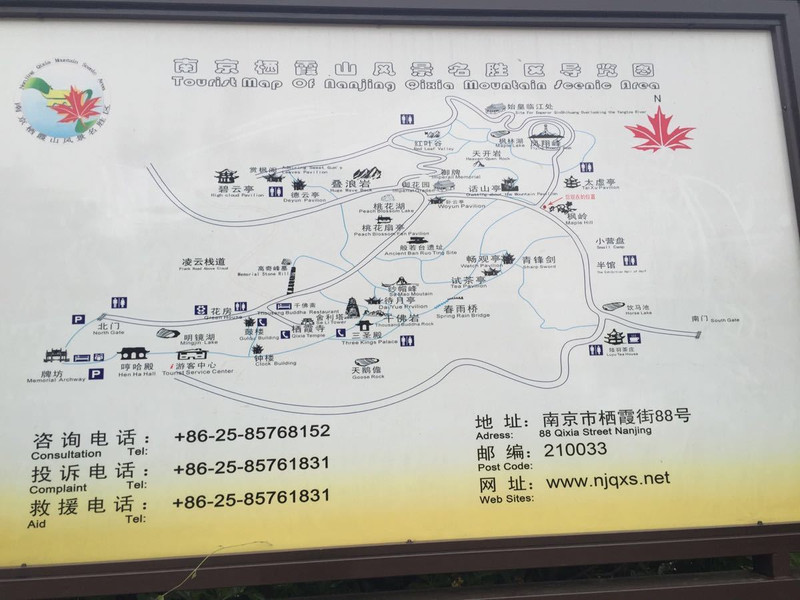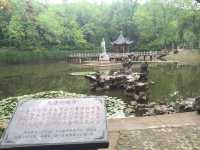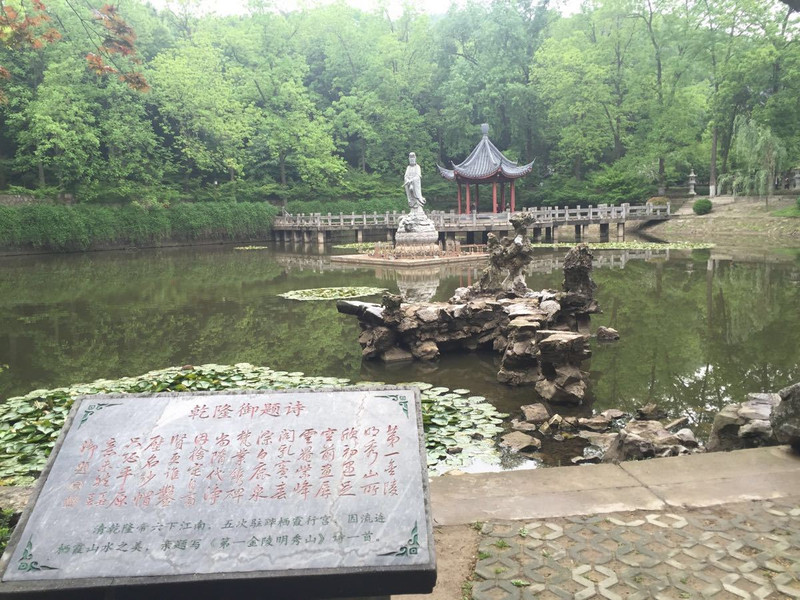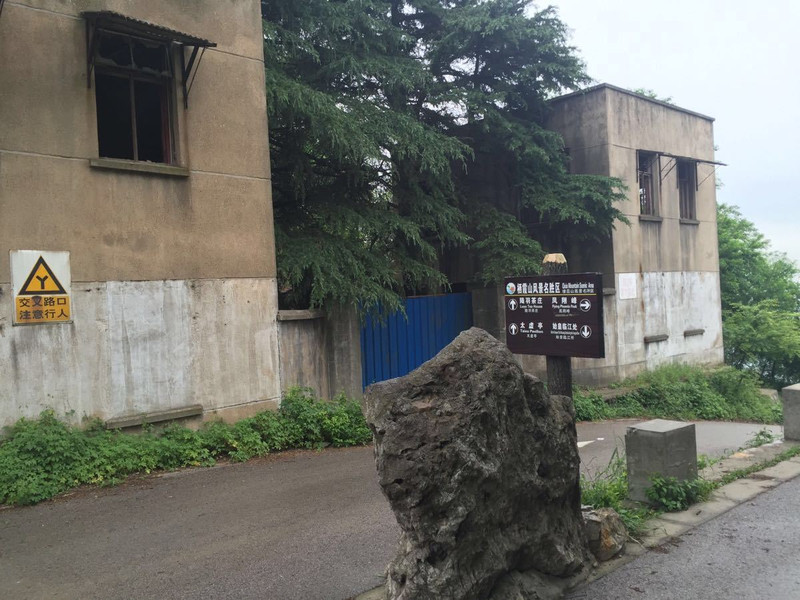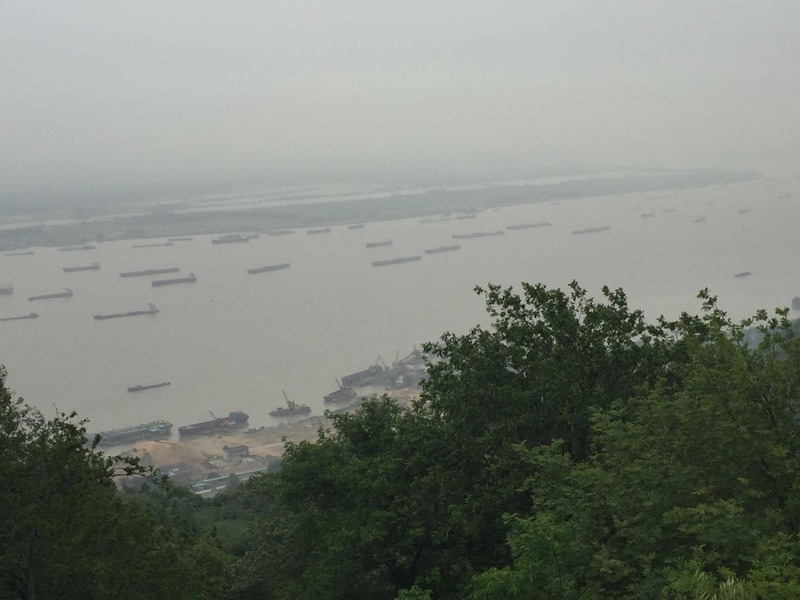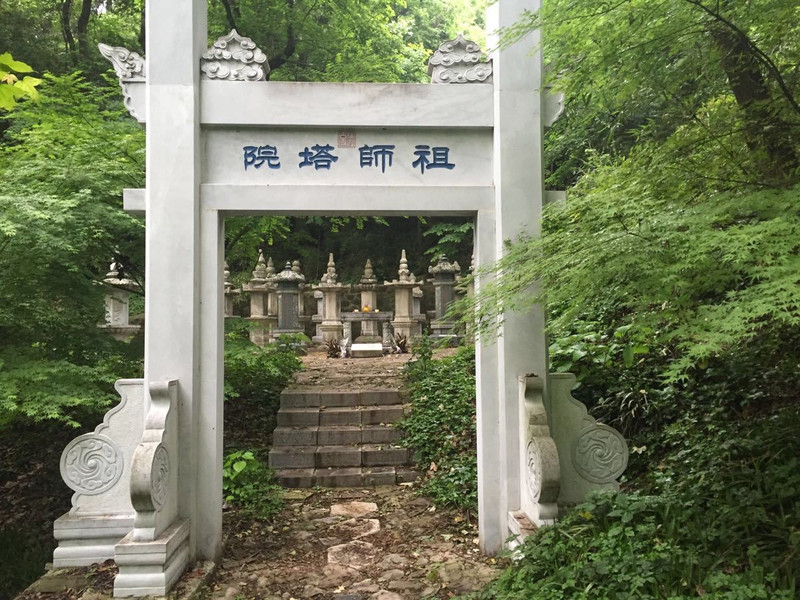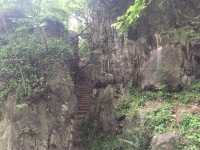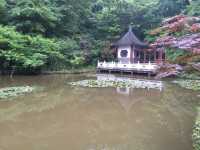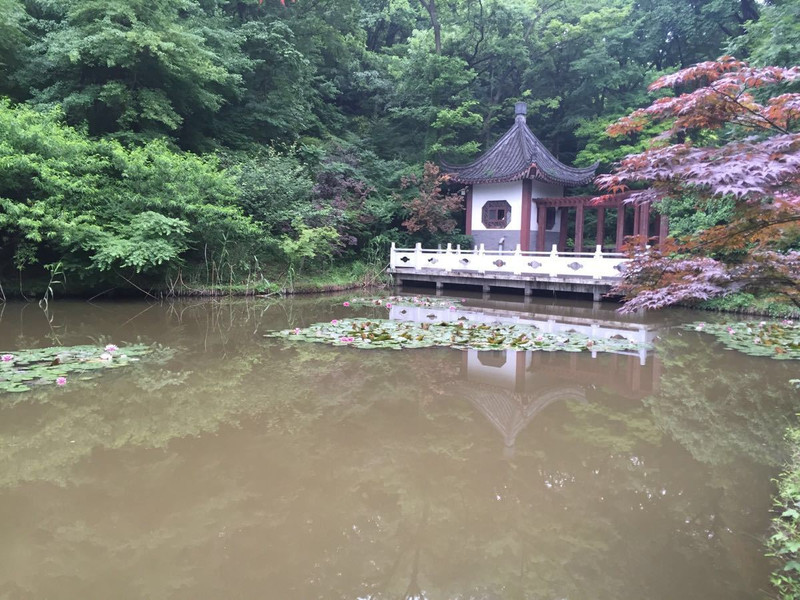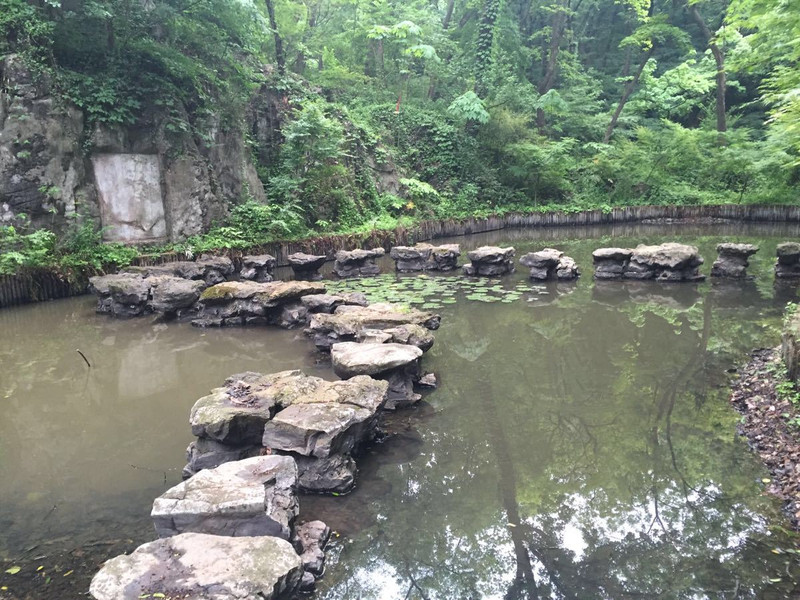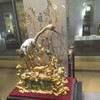Qixia Mountain is located in Qixia District of Nanjing, also known as Mount Camera. It is known as "the first Mingxiu Mountain of Jinling". During the Southern Dynasty, there was a "Qixia Jingshe" in the mountains, so it was named as the national AAAA-level tourist attraction and one of the four Maple scenic spots in China. Qixia Mountain is known as the "Six Dynasties Scenic Spots" and was listed as one of the "Forty-eight Scenic Spots of Jinling" in the Qing Dynasty. It is known as "a Qixia Mountain, half of the history of Jinling". Historically, there were more than 80 sites of historical monuments and monuments where the Fourteenth Emperor of Five Kings visited Qixia Mountain. They gathered religious culture, emperor culture, green culture, celebrity culture, geological culture, stone carving culture and tea culture. The ancient Qixia Temple, one of the thousand-year-old temples of Buddhism "Three Confucianism" Zuting and Buddhism "Four Big Jungles" is located at the Western foot of Qixia Mountain. Qixia Mountain has three peaks, the main peak Fengxiang Peak is 286 meters above sea level; Longshan Mountain is in the northeast; Tiger Mountain is in the northwest. Qixia Mountain is composed of three mountains and two rivers. Mid-peak (that is, the main peak) is the highest, conical, 284.7 meters above sea level, known as Fengxiang Peak. In ancient times, there was a temple in Sanmao Palace, so it is also known as Sanmao Peak. The mid-peak stretches eastward, and the downstream one is called Dongfeng, which is like Wolong and famous Longshan. On the west side of the mid-peak, the ridge is like a Fu Tiger, which is called Tiger Mountain. The valley between the mid-peak and the East peak is called the mid-peak jian, and the valley between the mid-peak and the West Peak is called the peach blossom jian. After passing the invisible Qixia Temple, Zhenger Ba began to climb Qixia Mountain. If you go from the temple to the mountain, there are two roads to go. One is at the end of the temple, there is a mountain path, which is currently under construction and is not allowed to pass. The other is along the Qianfoya Cave Trail, which is basically a mountain road, very difficult to walk, and there is basically no scenery along the road. Look, just look at all the grottoes. The best route is to go up the mountain lane along the left side of the temple gate. You can see the Peach Blossom Fanting Pavilion, Peach Blossom Lake, Pearl Spring, Qianlong Imperial Garden, Tiankaiyan, Shihuang Linjiang and other basic scenic spots along the road. The Imperial Garden is still under repair, Shihuang Linjiang has not yet been built, climbing the top of the mountain. Looking at the four bridges of the Yangtze River and Yangtze River, Longhu Mountain has a special flavor. It is necessary to turn all the way around. Patience, because the signs in the mountains are not clear enough, many scenes do not know how to go.
Qixia Mountain đánh giá
4.6 /54477 đánh giá
Điểm Đến Phổ Biến
Du lịch đến Nam Ninh | Du lịch đến Ninh Bình | Du lịch đến Thành phố Vinh | Du lịch đến Đà Nẵng | Du lịch đến Nha Trang | Du lịch đến Quảng Ngạn | Du lịch đến Sóc Sơn | Du lịch đến Cẩm Giàng | Du lịch đến Palawan | Du lịch đến TP. Nam Định | Du lịch đến Diễn Châu | Du lịch đến Hoài Đức | Du lịch đến Đảo Phú Quốc | Du lịch đến Hải Phòng | Du lịch đến Chi Lăng | Du lịch đến Paju | Du lịch đến Pailin | Du lịch đến Burbank | Du lịch đến Trà Lĩnh | Du lịch đến Chita | Du lịch đến Mưu Định | Du lịch đến Sơn Hùng | Du lịch đến Guasdualito | Du lịch đến Bandipur | Du lịch đến Bolivia | Du lịch đến Bago | Du lịch đến Toyoake | Du lịch đến Gitega | Du lịch đến Tỉnh Hiroshima
Các Điểm Tham Quan Được Đề Xuất Tại Các Điểm Đến Nổi Tiếng
Điểm tham quan Hà Nội gần tôi | Điểm tham quan TP. Hồ Chí Minh gần tôi | Điểm tham quan Bangkok gần tôi | Điểm tham quan Đà Nẵng gần tôi | Điểm tham quan Tokyo gần tôi | Điểm tham quan Seoul gần tôi | Điểm tham quan Đài Bắc gần tôi | Điểm tham quan Osaka gần tôi | Điểm tham quan Nha Trang gần tôi | Điểm tham quan Đà Lạt gần tôi | Điểm tham quan Busan gần tôi | Điểm tham quan Hải Phòng gần tôi | Điểm tham quan Nagoya gần tôi | Điểm tham quan Kuala Lumpur gần tôi | Điểm tham quan Singapore gần tôi | Điểm tham quan Thượng Hải gần tôi | Điểm tham quan Huế gần tôi | Điểm tham quan Đảo Phú Quốc gần tôi | Điểm tham quan Thành phố Vinh gần tôi | Điểm tham quan Phan Thiết gần tôi | Điểm tham quan Fukuoka gần tôi | Điểm tham quan Vũng Tàu gần tôi | Điểm tham quan Manila gần tôi | Điểm tham quan Hạ Long gần tôi | Điểm tham quan Cao Hùng gần tôi | Điểm tham quan Cần Thơ gần tôi | Điểm tham quan Quảng Châu gần tôi | Điểm tham quan Quy Nhơn gần tôi | Điểm tham quan Đài Trung gần tôi | Điểm tham quan Jeju gần tôi
Điểm tham quan phổ biến
Prambanan Temple | Universal Studios Singapore | Hồ Nhật Nguyệt | Okinawa Churaumi Aquarium | Bãi biển Hải Tiến | Vịnh Vĩnh Hy | Nhà Hát Múa Rối Thăng Long | Phố đi bộ Nguyễn Huệ Thành phố Hồ Chí Minh | Khu du lịch SunWorld núi Bà Đen Tây Ninh | Nhà thờ Hòn Khói | Phố đi bộ Ninh Bình - Walking Street | EPSON teamLab: teamLab Borderless Shanghai | KDL Sinh Thái Thác AnnA | Công viên thành Osaka | The Stadthuys | Shanghai Film Park | Rialto Bridge | Khu du lịch Thác Datanla | Nhà Hát Múa Rối Nước Rồng Vàng | Ski & Snowboard School San Candido Baranci | Coal Miner's Memorial | Five State Fair | Bahçe | Concha Acústica de Pisulí | Green Lake Township Memorial Park | Crucea Durău | Santoshi Mata Mandir | Konigsbau | Tennis Court | Tokyo Joypolis
Liên Hệ Với Chúng Tôi
Về Trip.com
Hình Thức Thanh Toán
Đối Tác Của Chúng Tôi
Bản quyền © 2024 Trip.com Travel Singapore Pte. Ltd. Bảo lưu mọi quyền
Nhà điều hành trang: Trip.com Travel Singapore Pte. Ltd.
Nhà điều hành trang: Trip.com Travel Singapore Pte. Ltd.

